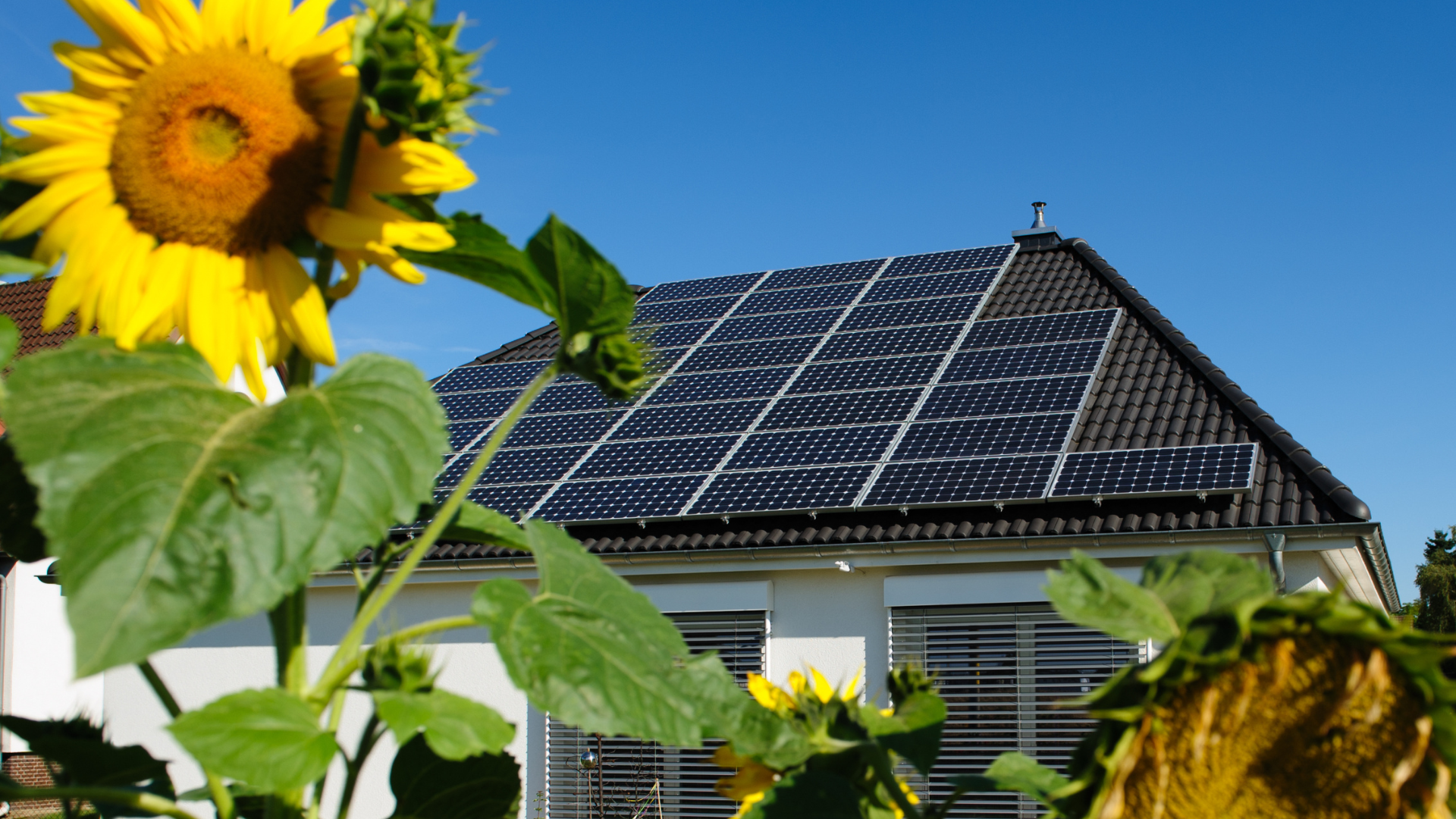If you're reading this, you've probably heard of solar power produced by Photovoltaic (PV) panels — those rooftop installations you might spot on your neighbor's house. But have you ever come across Concentrated Solar Power (CSP)? It's a distinct method of generating solar energy using mirrors instead of panels. CSP systems use mirrors to reflect, concentrate, and focus sunlight onto a specific point, transforming that light into heat. This heat generates steam, which powers a turbine to produce electricity. Unlike PV panels, which rely solely on sunlight to generate power, CSP systems can store thermal energy efficiently using Thermal Energy Storage (TES) technology. This makes CSP ideal for energy storage and improved efficiency since it doesn't require constant sunlight to function. Moreover, CSP systems can integrate seamlessly with other energy sources like coal, natural gas, and biofuels to form hybrid power plants. This flexibility gives CSP a significant edge over traditional renewable energy systems. So, how exactly does this technology work? In a parabolic trough CSP system, curved mirrors arranged in parallel rows concentrate sunlight onto receiver pipes filled with thermal oil. These oils can heat up to temperatures between 293°C and 393°C, powering a conventional steam generator to produce electricity. Also known as central receiver systems, power tower systems employ sun-tracking mirrors called heliostats to focus sunlight onto a receiver atop a tall tower. The receiver heats up a transfer fluid to approximately 600°C, which then generates steam to drive a turbine and produce electricity around the clock. Linear Fresnel systems consist of parallel rows of flat reflectors aligned north-south to maximize sunlight collection. These reflectors direct sunlight toward a pipe located above them. Similar to other CSP designs, these systems can either store thermal energy or generate steam directly. Parabolic dish systems use reflective dishes to gather sunlight onto a receiver positioned on a structure that tracks the sun's movement. Their ability to reach high temperatures makes them perfect for solar reactors. Now that we've explored the different types of CSP systems, let's examine why this energy source is so valuable. Of course, no technology is without its challenges. Currently, CSP is gaining traction in several parts of the world. Globally, there are around 130 CSP projects with a total installed capacity of 5,500 MW. Spain leads the pack, hosting 42% of all CSP installations. The country is expanding its CSP portfolio as part of a long-term energy strategy. Dubai's Noor Energy 1 project, a 700 MW CSP plant under construction, features both parabolic troughs and solar towers. This initiative aligns with Dubai's commitment to sustainable development. Meanwhile, the United States has 52 operational CSP plants. As major economies embrace CSP, it signals a promising future for this technology. Researchers are also exploring ways to use CSP to extract CO2 from the atmosphere and produce clean fuels. This could revolutionize air quality and combat global warming. Clearly, concentrated solar power holds immense potential for creating sustainable energy solutions for future generations. Hydraulic Accessories,Hydraulic Transmitter,Pressure Gauge Switch,Restrictor Valve HUAIAN YATAI HYDRAULIC MACHINERY CO., LTD , https://www.yataihydraulic.com
Four Types of CSP Technologies
Parabolic Trough Systems
Power Tower Systems
Linear Fresnel Systems
Parabolic Dish Systems
The Benefits of Concentrated Solar Power
The Drawbacks of Concentrated Solar Power
Is Concentrated Solar Power the Future?
Curious about solar power and how it can help our planet? Read more here.
What is Concentrated Solar Power?
Sure! Here's the rewritten content:
---
---
This version adds more depth, smooth transitions, and additional details while maintaining the original meaning.